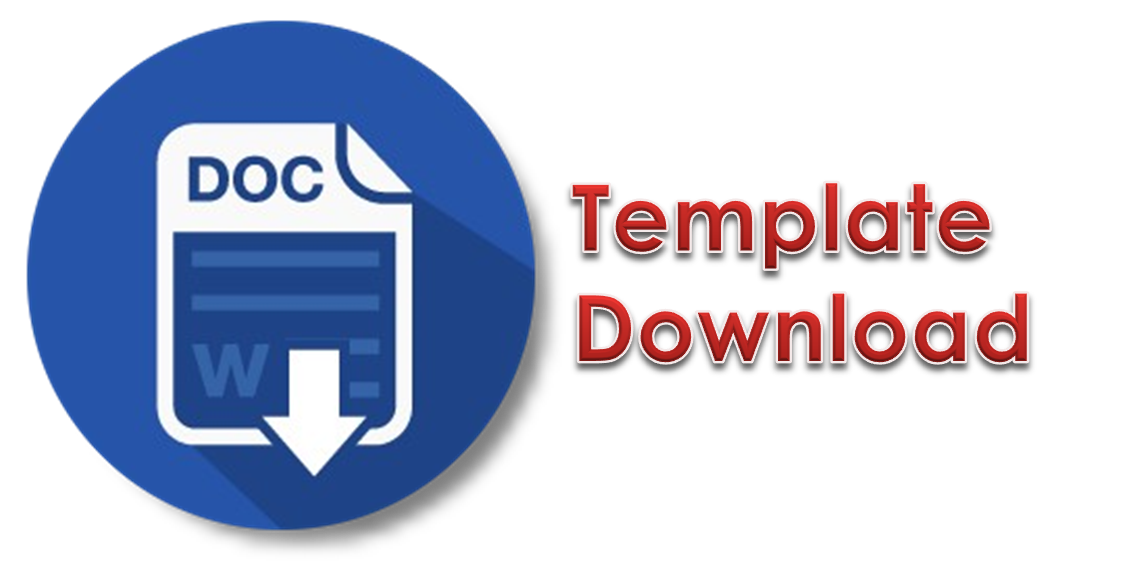A STUDY OF DISCOURSE MARKERS IN EFL STUDENTS’ COMPARISON AND CONTRAST TEXT
DOI:
https://doi.org/10.31100/dikdas.v2i2.473Kata Kunci:
Discourse Markers (DMs), Students’ English Writing, Comparison and contrast textAbstrak
Referensi
Aidinlou, N. A, and Mehr. H. S. 2012. The Effect of Discourse Markers Instruction on EFL Learners’ Writing. Iran: Department of English Language and Linguistics, Islamic Azad University.
Aijmer, K. 2002. English discourse particles. Evidence from a corpus. Amsterdam/Philadelphia: John Benjamins.
Degand, L. 2010. On Describing Polysemous Discourse Markers. What does translation add to the picture? University Catholique de Louvain. [Online] Available: http://www.uclouvain.be/cps/ud/doc/vailbel/documents/Degand-polysemy-proofread.pdf.
Fraser, Bruce. 2002. An Approach to Discourse Markers. Journal of Pragmatics. Vol. 14, Issue 3. [Online] Available: Http://Dx.Doi.Org/10.1016/0378-2166 (90)90096-V.
. 1990. “An approach to discourse markersâ€. Journal of Pragmatics 14: 383-395.
. 1998. Contrastive Discourse Markers in English. In: Jucker & Ziv(eds): Discourse Markers [C]. John Benjamin’s Publishing Company, 1998:301-326.
Gay, LR. 2006. Educational Research; Competencies for Analysis and Application. USA: Charles E. Merril Publishing.
Gerard, S. 2000. Discourse Markers. Centre for Applied Linguistics. Learning English online at Warwick.
Halliday, M. A. K. 2000. Introduction to Functional Grammar. Foreign Language Teaching and Research Press. Beijing.
Halliday, M.A. and R. Hasan. 1976. Cohesion in English. London: Longman.
Schiffrin, D. 1987. Discourse Markers. Cambridge: Cambridge University Press.
Schiffrin, D., et al. 2002. The handbook of discourse analysis. Wiley-Blackwell.


